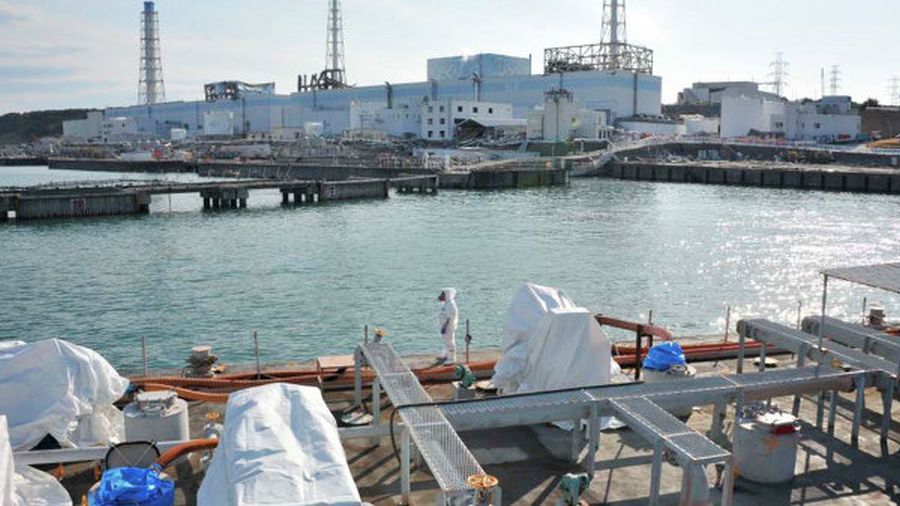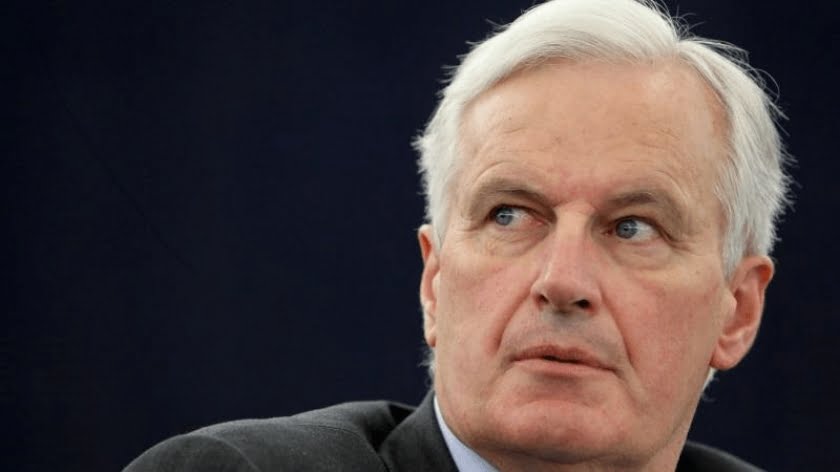Dumping Doubts: Releasing Fukushima’s Waste Water
Nothing said from the nuclear industry can or should be taken for face value. Be it in terms of safety, or correcting defects or righting mistakes; be it in terms of construction integrity, there is something chilling about reassurances that have been shown, time and again, to be hollow.
The 2011 Fukushima Daiichi Nuclear Power Plant (FDNPP) disaster has forever stained the Japanese nuclear industry. Since then, the site has been marked by over 1,000 tanks filled with contaminated water that arises from reactor cooling. The attempts by the Tokyo Electric Power Company Holdings Inc (TEPCO) to decommission and clean the plant has also seen a daily complement of 150 tons arising from groundwater leakage into the buildings and systems involved in the cooling process.
According to Japan’s Nuclear Regulatory Authority, the gradual 1.3 million or so tons kept in those tanks into the Pacific over three decades is something that can be executed without serious environmental consequences. This was a view that was already entertained in 2021, expressing confidence that the Advanced Liquid Processing System (ALPS) being used in cleaning the contaminated water would be effective. Of primary concern here is the presence of a radioactive form of hydrogen called tritium, the presence of which is a challenge to remove.
There are various questions arising from this, not least the assumption that the levels of radioactivity arising from tritium will be significantly reduced by 1/40th of regulatory standards through the use of seawater. But as has been pointed out by such scientists as Ken Buesseler, Ferenc Dalnoki-Veress and Antony M. Hooker, there are also nontritium radionuclides that “are generally of greater health concern as evidenced by their much higher dose coefficient – a measure of the dose, or potential human health impacts associated with a given radioactive element, relative to its measured concentration, or radioactivity level.”
The International Atomic Energy Agency neither recommends nor endorses the plans – a curious formulation that does little for confidence. Its safety review of the plan to release treated water does, however, conform, in the view of the IAEA General Rafael Mariano Grossi, to the body’s safety standards.
“The IAEA notes the controlled, gradual discharges of the treated water into the sea, as currently planned and assessed by TEPCO, would have a negligible radiological impact on people and the environment.”
A number of countries have expressed consternation at the planned move, including concern that the IAEA may have been lent upon to reach its conclusions on the Japanese release program. Tokyo is, after all, a generous donor to the organisation. For his part, the Chief Cabinet Secretary Hirokazu Matsuno huffed at the claim that “Japanese funding and staffing at the IAEA [could be used] to question the neutrality of the IAEA final report”. Not only did such criticism “completely miss the target but also shakes the significance of the existence of international organisations.”
Members of Japan’s fishing and agricultural industry, China, South Korea and the Pacific Island nations concerned about the fate of the Blue Pacific, have been vocal opponents. China’s Foreign Ministry opined that the report had been released in “haste”, failing “to fully reflect the views from experts that participated in the review”.
But some in the nuclear and environmental science fraternity are wondering what the fuss is all about, though their rebuttals hardly inspire optimism. University of Portsmouth’s Jim Smith, an academic of environmental science, considered all such concerns “just propaganda. The politicians don’t have any evidence in saying this.” More to the point, other sites had also been responsible for releasing tritiated water, including a nuclear site in China and the Cap de La Hague nuclear fuel reprocessing site, which already “releases 450 times more tritiated water into the English Channel Fukushima ha planned for release into the Pacific”. What examples to emulate.
Nigel Marks, Brendan Kennedy and Tony Irwin also tell us, based on their “collective professional experience in nuclear science and nuclear power”, that the release will be safe. Their primary focus, however, is solely on the treatment of tritium, based on an almost heroic assumption that 62 other relevant radionuclides higher than regulatory standards have been effectively removed by the ALPS approach.
They dismiss those old phobias of radiation, underlining it as a common feature of the environment. “Almost everything is radioactive to some degree, including air, water, plants, basements and granite benchtops. Even a long-haul airline flight supplies a few chest X-rays worth of radiation to everyone on board.” Continuing their focus on tritium, the wise trio find that the Pacific Ocean already has 8.4 kg (3,000 petabecquerels, or PBq) of the substance, compared to 3g (1PBq) of the total tritium present in the Fukushima waste water.
Such views serve to soften and conceal the broader problems of institutional malfeasance and past secrecy, citing the argument of sound science to conceal error and good old incompetence. The discharge plans have also been sold in technical, jargon-laden terms, notably to such audiences as the Pacific Islands Forum.
Adding to this the inherent clandestine air that has surrounded TEPCO, scepticism should not only be mandatory but instinctive. Why not, ask such voices as Hooker and Buesseler, consider other disposal methodologies, such as solidifying the ALPS treated wastewater within concrete? No, counter the Japanese authorities, citing insuperable technical and legal problems.
That remains the troubling question. As Dalnoki-Veress writes, Japan’s claims to have investigated and rejected that encasement option in any comprehensive, systematic way should be dismissed out of hand. “One way it is different is that it suggested using diluted water rather than ALPS treated water which will be 2 orders of magnitude less in volume.” How awfully cheeky of them.







